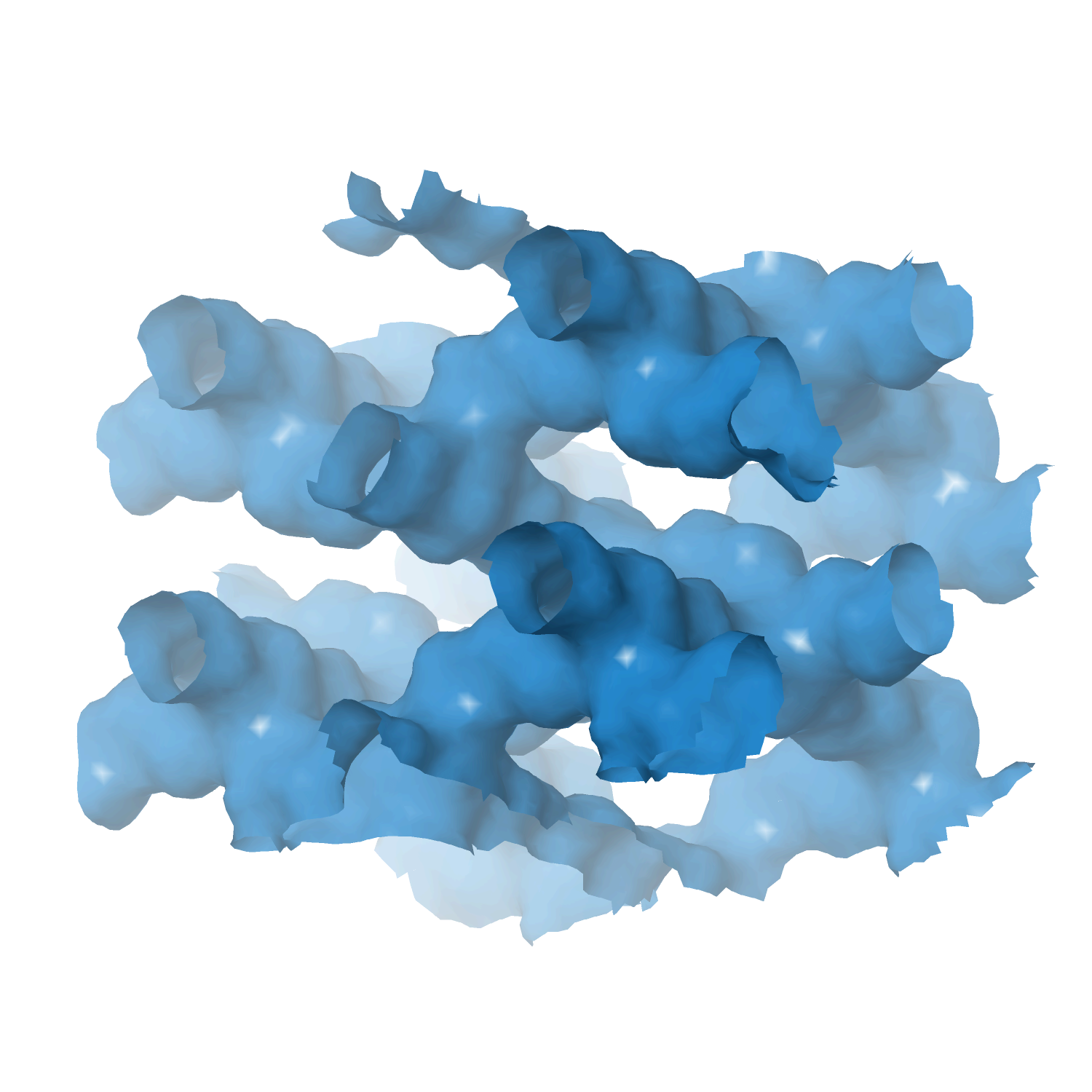Heterogeneous catalyst engineering ⇒ from stable and deactivation resistant to viable technical catalyst
Advances in heterogeneous catalyst “structure” are driven to improve their “function” or performance, i.e., activity, selectivity, and stability. Cooperative research is required to understand the structure and function relationships: developing new synthesis protocols for heterogeneous catalysts with unique surface properties, defined porosity, identification and understanding of catalytically active sites, reaction mechanisms, and finally, prediction and analysis of the processes using various computational tools.
Our group focuses on developing new catalyst formulations using innovative synthesis routes for various important heterogeneous catalysts. That includes thermal, electro, and bio-electro catalysis.
The active phase cannot be used directly in its final application or reactor for various reasons, including poor mechanical resistance, heat or mass transport, and fluidization features. We must mix the active phase with other ingredients in a matrix of binder and filler, while we shape it into a technical catalyst. We investigate new synthetic protocols for technical catalysis using spray drying and fluidized beds to cover the whole range of sizes. At the same time, we incorporate additional (unconventional) ingredients such as SiC to improve some features even further.
- Technical catalyst I ⇒ spray drying and extrusion
- Technical catalyst II ⇒ spray fluidized bed reactor
- Technical catalyst III ⇒ electrospinning
- Zeolite catalysts ⇒ with defined structure/porosity
- Multi-metal (high entropy) alloy catalysts
- MXene catalysts ⇒ single and multi-dimensional
- Perovskite catalysts
- Metal-organic framework (MOFs) catalysts
- Supported metal/metal-oxide catalysts
- Aerogel catalyst
Dual experimental and computational approach to elucidate the effect of Ga on Cu/CeO2–ZrO2 catalyst for CO2 hydrogenation
by
Yerrayya, Velisoju, Mohamed, Ramirez, Castaño
J. CO2 Util.
Year:
2022
DOI:
https://doi.org/10.1016/j.jcou.2022.102251
Abstract
Cu–Ga catalysts are potential candidates for activating the selective and stable hydrogenation of carbon dioxide to methanol and dimethyl ether. This work explores the structure–function relationship in specific Cu–Ga/CeO2–ZrO2 catalysts with different Ga loadings. Combining experiments with density functional theory calculations, we find the most well-balanced Cu–Ga interphase (structure) and promote specific mechanistic pathways of the reaction (function). The experiments yielded the highest selectivity of the desired products when the Cu and Ga amounts were equal. The experimental work and density functional theory calculations demonstrated that methanol is formed through the carboxyl pathway on the Cu catalyst, while Ga promotes the formate pathway. Consequently, the productivities of both methanol and dimethyl ether are enhanced. The experimental results match well with the theoretical calculations. Comparing our results with other Ga-promoting systems, we also prove that Cu achieves better balance than Ni and Co
Keywords
CO2
HCE
MKM
